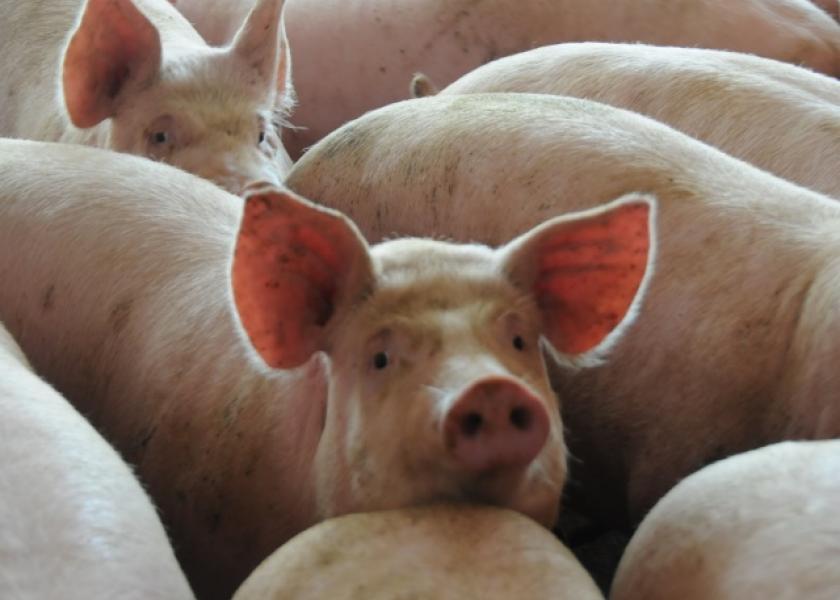Porcine Circovirus 3: Why SHIC is Seeking a U.S. Case Definition

In addition to updating its porcine circovirus 3 fact sheet, the Swine Heath Information Center (SHIC) has initiated a project with Iowa State University and the University of Minnesota (UMN) to investigate historical submissions, tests and tissues, with their available clinical signalment, to help lead to an applicable U.S. case definition.
An analysis of historical submission tests/clinical signs at UMN has already been done and will add to the case definition development, SHIC reports. The laboratory analyses will help lead to standardized diagnostic criteria and when the case definition is finalized, on-farm epidemiological work will begin later in 2022.
Why is a Definition Important?
PCV3 is an emerging pathogen of swine with potential economic importance. It has been associated with signs similar to those caused by PCV2, but experts explain that many infections seem to be subclinical, and PCV3 pathogenicity studies have had mixed results. PCV3 has been associated with neurological disease, reproductive failure, respiratory disease, enteric disease and porcine dermatitis and nephropathy syndrome, SHIC explains. However, only a few studies have demonstrated the presence of PCV3 in lesions.
"Both PCV2 and PCV3 spread through vertical and horizontal transmission. Virus is shed in most secretions and excretions. Direct contact is the route of most significance but spread can also occur via fomites and ingestion. PCV3 is found in wild and domestic pigs. Antibodies to PCV3 have been detected in dogs, cattle and mice. PCV3-positive mosquitoes have been found. Wild ruminants and ticks may also be reservoirs," SHIC says.
This pathogen has been identified in many swine-producing regions of the world. Epidemiological studies point out that infection is widespread, with prevalence up to 100%. Still, experts say little is known about the course of natural infection. A few studies have shown prevalence is highest in piglets/weaners and decreases with age, but PCV3 has been detected in pigs up to 23 weeks of age.
What We Know About PCV3
PCV1 was identified in 1974 as a contaminant in a pig kidney cell line. In 1997, PCV2 was recognized as the cause of a novel wasting disease affecting Canadian pigs. In 2016, PCV3 was detected in tissues from sows from North Carolina that died acutely with PDNS-like clinical signs and aborted fetuses. PCV4 was discovered in samples from pigs with respiratory disease, enteric disease, and PDNS in China in 2019.
PCV3 belongs to the family Circoviridae. These members are very small, non-enveloped viruses with a circular, covalently closed, single-stranded DNA genome. While there are four recognized circoviruses of swine, designated PCV1–4, PCV3 is distinctly different from other PCVs and is closely related to canine and bat circoviruses.
Editor's Note: SHIC, launched by the National Pork Board in 2015 solely with Pork Checkoff funding, is focused on prevention, preparedness and response efforts to novel and emerging swine disease for the benefit of U.S. swine health.
More from Farm Journal's PORK:
In the U.S., Manure is 'Hot Commodity' Amid Commercial Fertilizer Shortage
Over-The-Counter Access to Antibiotics is Going Away







